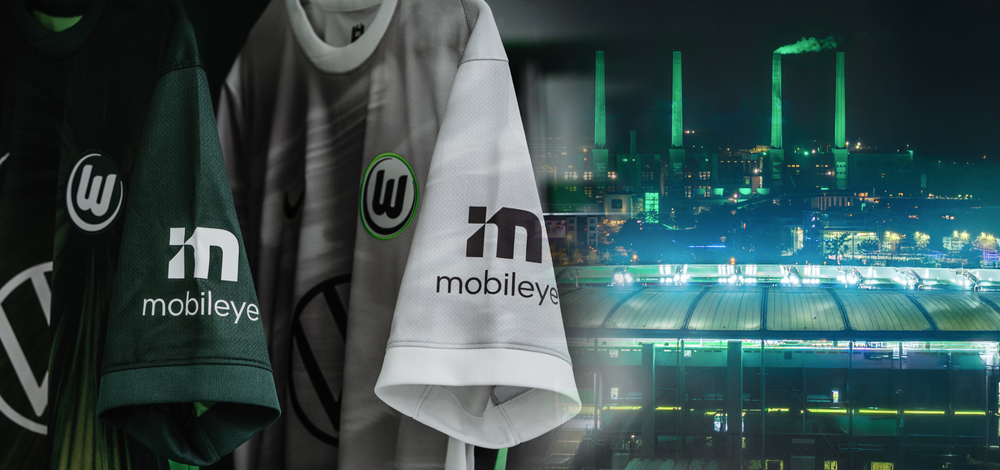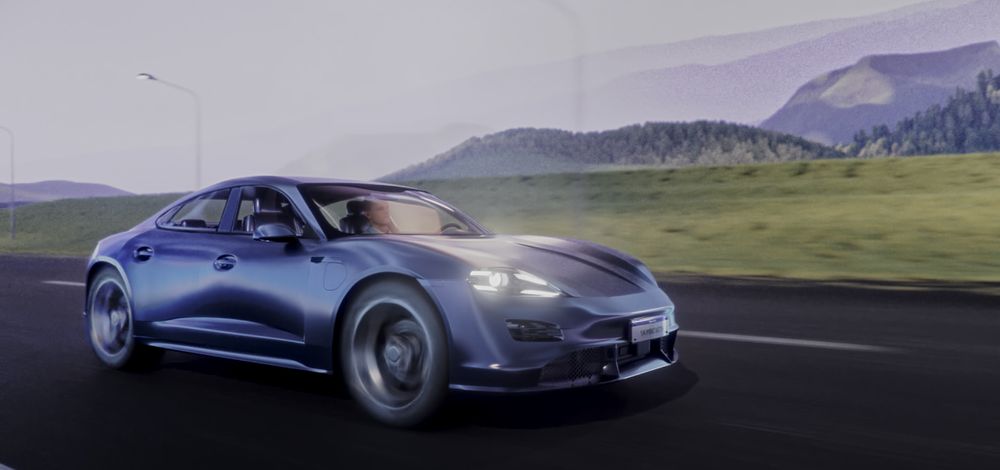blog
|
September 15, 2020
Why TOPs Aren’t Tops When It Comes to AV Processors
Overall performance is more important (and far more complex) than the peak number of operations a processor can execute in synthetic conditions.

An illustration of Mobileye's EyeQ device on integrated circuitry
There’s a race underway in the autonomous-vehicle industry. Not just to see who can make the safest AV, or who can get one to market first, but a “race for TOPs.” Is the outcome of that race, however, what really matters most when selecting the right processor for an AV?
Shorthand for Trillions of Operations Per Second, TOPs is one metric often cited for measuring the power of a processor. But it’s not the only metric – or, we’d argue, even the most relevant one – in measuring the processor’s actual performance.
Looking Beyond TOPs
To demonstrate what we mean, we commissioned Strategy Analytics to produce this paper, which poses the vital question: “Should TOPs be Top of Your List When Choosing an AV Processor?” The report takes a much broader look at the question than a simple TOPs count will tell you.

At least as important is understanding the multiple workloads that an AV platform has to support. Or the impact which the level of integration between hardware and software will have on performance. Over-optimizing for today’s network topologies can limit future use, what’s good for one application may not be right for another, computing power impacts both cost and usability, and scalability brings definite benefits.
Far More Complex
In the end, the report finds, “Raw TOPs count is not a useful metric when it comes to evaluating how much ‘headroom’ your system has for future feature growth.” That’s why we’ve avoided competing in the “race for TOPs” in developing successive iterations of our EyeQ series of system-on-a-chip devices, which have proven capable of supporting complex and computationally intense vision processing, while crucially maintaining relatively low levels of power consumption.
Share article
Press Contacts
Contact our PR team








